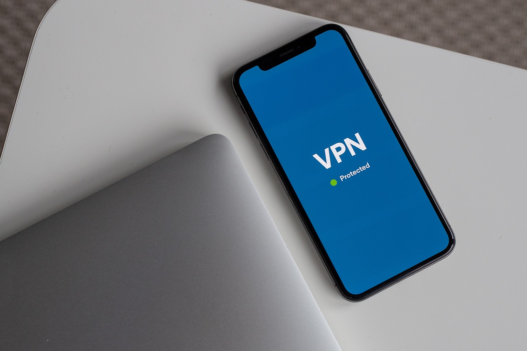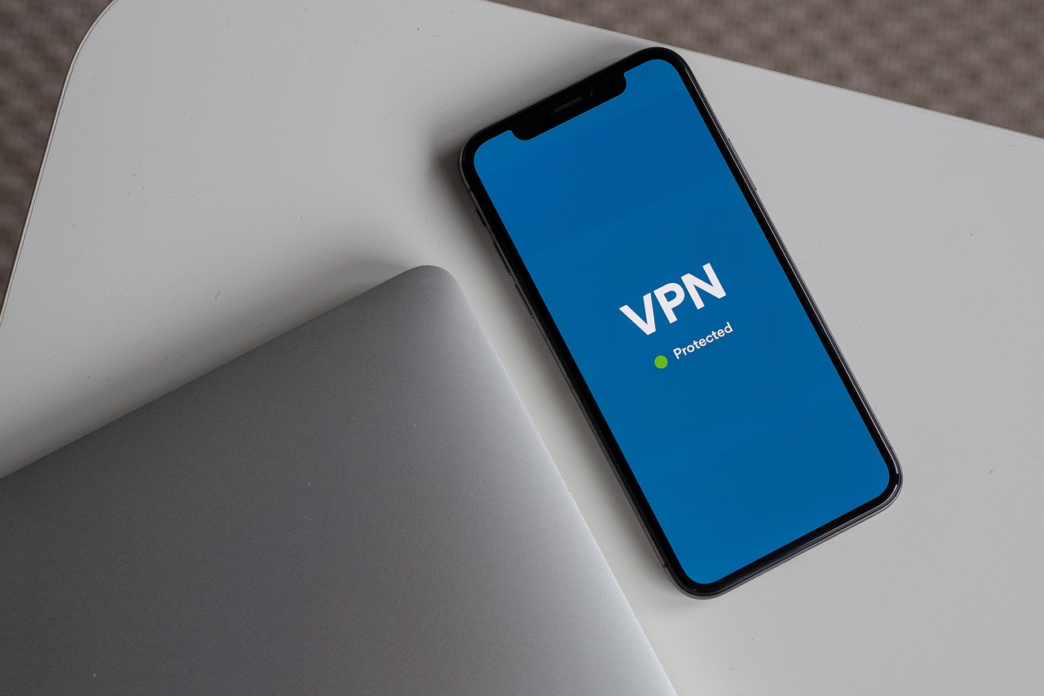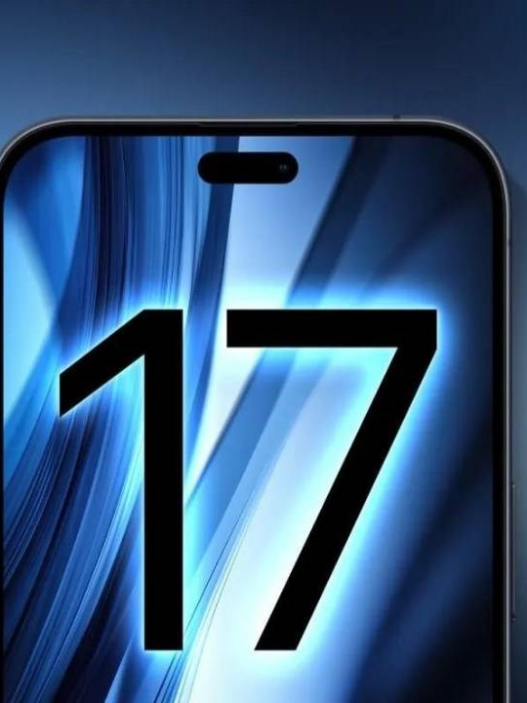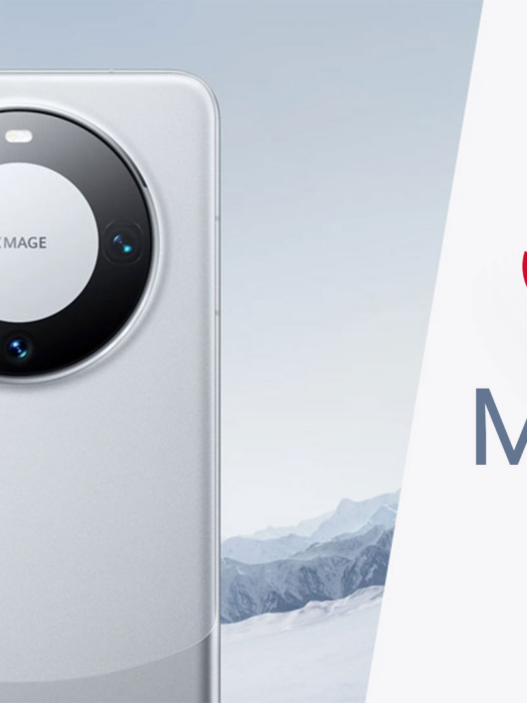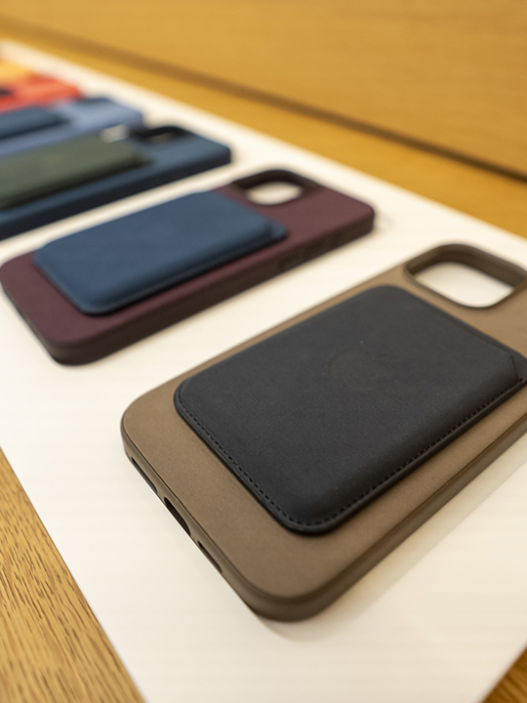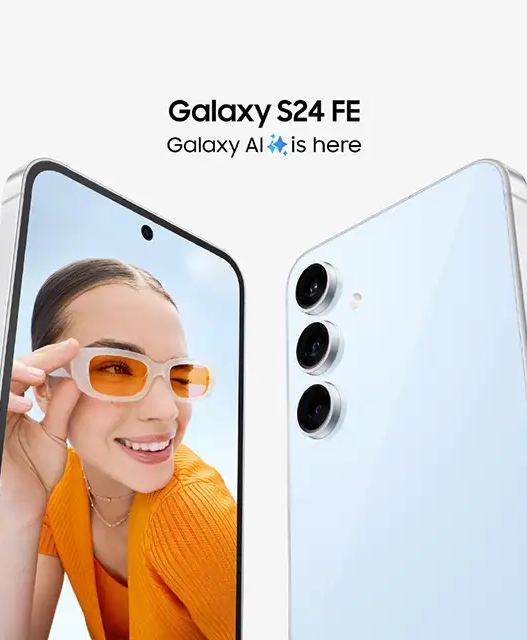Using a VPN on your smartphone is a way to enhance your privacy and security online, as well as access geo-restricted streaming content.
What Is a VPN on Your Smartphone?
VPN stands for Virtual Private Network. This tool creates a secure tunnel for the traffic of information between your smartphone and the internet, acting as an invisible shield that protects your online privacy and security.
One of the applications of a VPN is to encrypt your data, such as social media credentials and banking app information, preventing it from being intercepted. The tool also hides your IP address, stopping websites and apps from monitoring your location and online habits.
Accessing geographically restricted content is another benefit of using a VPN. The tool allows you to change your server’s location to watch movies and series that are not available in Brazil’s streaming service catalogs.
While it is possible to manually configure a VPN on your smartphone, it’s recommended to use third-party apps for this purpose. Especially if you’re looking for a more comprehensive package of digital security features, like those offered by Surfshark.
Take advantage of the limited-time Surfshark Black Friday offer!
What Does a VPN Do on Your Smartphone?
A VPN, or Virtual Private Network, is like a secure tunnel that protects your data while you browse the internet on your smartphone. Imagine your data as a letter: the VPN encrypts this letter, making it unreadable to anyone who tries to intercept it.
This means that your information, such as passwords, banking details, and browsing history, is protected against hackers. It’s an essential security tool when connecting to public Wi-Fi networks, like those in coffee shops, libraries, and airports.
In addition to increasing security, a VPN allows you to access websites and services blocked in certain regions. The tool also protects your online privacy by hiding your real IP address.
What Is the Purpose of Using a VPN on Your Smartphone?
There are various applications for using a VPN on your smartphone to protect your privacy and security. For example:
- Security on Public Wi-Fi: Your data is exposed to potential attacks when connecting to a free Wi-Fi network. A VPN creates a protective barrier, preventing hackers from intercepting your information.
- Financial Data Protection: The tool ensures that sensitive data, like passwords and credit card numbers, remains hidden and protected against theft during banking transactions or online purchases.
- Privacy in Conversations: Your chats and video calls are more secure with a VPN, as the encryption prevents third parties from spying on your conversations.
- Access to Restricted Content: A VPN allows you to mask your location, giving you access to websites and services not available in your region.
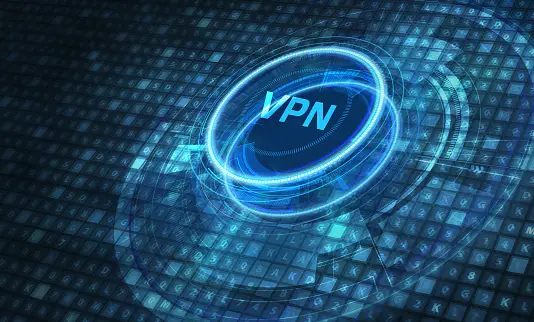
What Are the Benefits of Using a VPN on Your Smartphone?
Using a VPN on your smartphone offers several benefits to users. By encrypting your data and masking your IP, a VPN provides:
- Comprehensive Security: Ensures greater protection of your data against hackers and monitoring, especially on public networks.
- Greater Privacy: Prevents websites and apps from tracking your location and browsing habits.
- Access to Blocked Content: Allows access to geo-restricted content on websites and streaming services.
- Differentiated Offers: Blocks tracking of your browsing habits that can influence the prices of some products and services, like airline tickets.
- Bypassing Censorship or Restrictions: Allows access to blocked or limited websites and services in certain countries.
- Solution for Travel: Facilitates access to services and apps from your home country, even when abroad. For example, local banking apps and streaming services.
What Are the Disadvantages of Using a VPN on Your Smartphone?
Using a VPN on your smartphone can have some disadvantages:
- Security: Free VPNs, in particular, can be a risk to your smartphone’s security. Many apps lack the security standards of paid VPNs and may contain viruses, track your online activities, or even sell your data to third parties.
- Performance: VPNs generally reduce connection speed, resulting in slower page loads, video buffering, and difficulties with video calls. This is particularly noticeable with free VPNs.
- Battery Consumption: The encryption used by VPNs can require more processing power from your smartphone, which can increase battery consumption if the feature is left on all the time.
It’s important to note that using VPNs for illegal purposes is prohibited in Brazil. The illegal use of VPNs to access judicially blocked sites, platforms, and online services can result in fines.
Take advantage of the limited-time Surfshark Black Friday offer!
Where Is the VPN on Your Smartphone?
You can manually configure a VPN on Android through the device’s Network & Internet settings. Then, open the “VPN” menu, add a new profile, and fill in the server information.
It’s also possible to manually configure a VPN on an iPhone by accessing the “Settings” app. Simply go to the “General” menu, select “VPN & Device Management,” and add a configuration with the server data.
However, using third-party apps offers greater ease in setting up the VPN. In addition to a more user-friendly interface, users have easier access to switch between servers and use other features according to their needs.
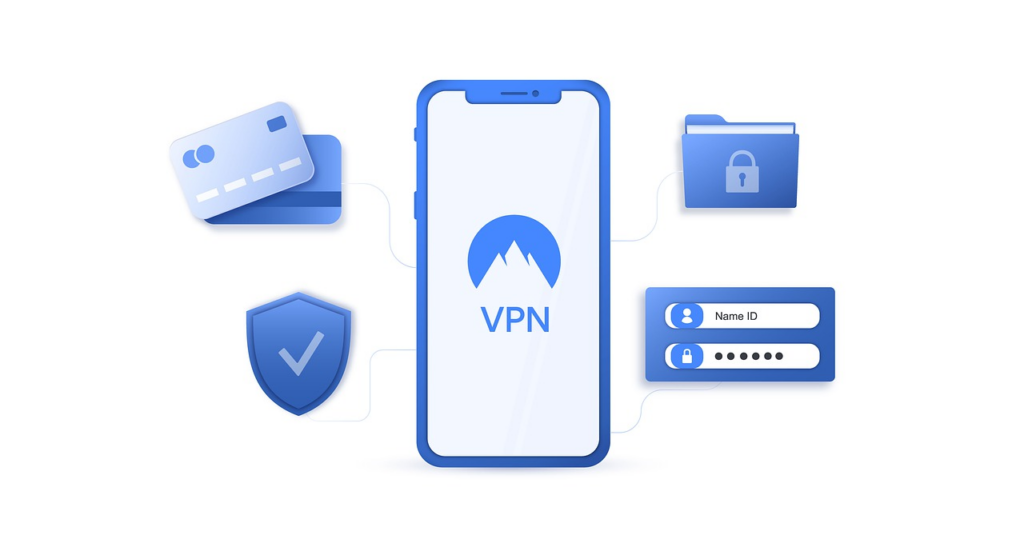
What’s the Difference Between VPN and Proxy on Your Smartphone?
The differences between VPN and Proxy become clear when presenting the definitions of these processes:
- VPN: Acts as an encrypted tunnel for the data traffic between your smartphone and the internet, hiding your real IP address and protecting your information. It can also be used to access regionally restricted websites and services.
- Proxy: Acts as an intermediary that receives your request and forwards it to the internet on your behalf. The tool also hides your IP address but does not encrypt your data.
While they have similar functions, VPNs have the advantage of providing an encrypted connection throughout the process. In other words, you have greater privacy when browsing the internet on your smartphone without the risk of being monitored.
Surfshark’s VPN is the Best Alternative
Surfshark is an excellent option for those looking for a comprehensive and secure VPN. The service offers an exclusive package of features for using a virtual private network on your smartphone and PC. Here are some of them:
- Extensive Server Network: Over 3,200 servers worldwide.
- CleanWeb: Browse websites without the distraction of ads, banners, and pop-ups.
- Double VPN: Manage internet traffic with two VPN servers, selecting entry and exit points for added encryption.
- Split Tunneling: Define which websites and apps should be protected by the VPN’s encryption.
- Camouflage Mode: Use obfuscated servers to mask VPN usage even from Internet Service Providers (ISPs).
- Rotating IP: Periodically change your IP address to prevent tracking of your information without affecting the connection.
Don’t take risks on the internet: Surfshark subscriptions can also offer Surfshark Antivirus and Surfshark Alert (data breach notifications). In other words, a comprehensive package of features for browsing with peace of mind and security on your smartphone and PC.







